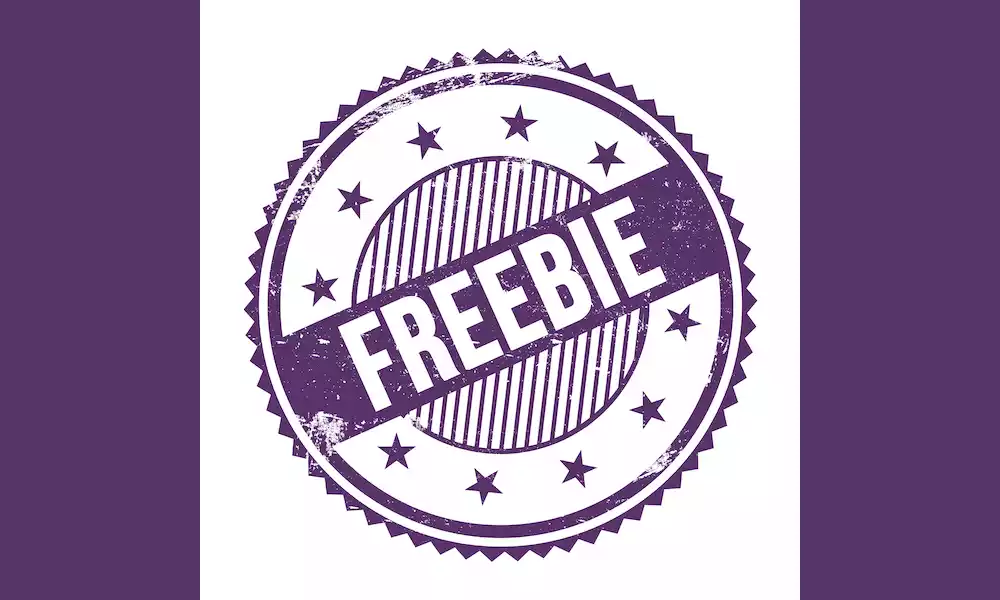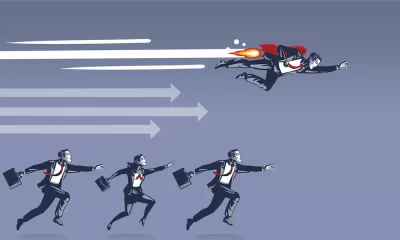Marketing
5 Tips For Choosing Promotional Products For Sales

Are you wondering if promotional products still work? According to a study by the Advertising Speciality Institute, promotional products of trusted brands are not ditched but kept for up to eight months! Now, that is a whole lot of brand time with your customers.
In this article, we look at how to choose promotional products that thrill a new audience for your business.
Do you know the difference between a giveaway and a promotional product? A similarity is they are both free.
Giveaway vs. Promotional Product
However, giveaways are usually small product samples, whereas a promo product is a generic item like a pen, bag, or t-shirt that’s branded. Hence, it has your logo and may have other information, like your website URL, contact details, and maybe a USP (unique selling point).
Another differentiator is giveaways may target your target audience and existing clients.
Whereas giveaways are distributed to the general public at trade shows, events, pop-up stores, and online.
Not all promotional gifts are welcome. A poorly designed product may have unintended consequences, including brand damage, consumer avoidance, negative feedback, and poor ROI.
Promotional Product Selection Process
How do you get the right promotional gifts into the broader market by doing what you need – with your brand first in mind? Let’s consider the following:
- Recipients
- Types of Promotional Items
- The design and materials
- Budget
- Competitors
1. Consider Your Recipient
Commence the process of the promotional product with your understanding of the intended recipients. The strategy is to reach beyond your targeted audience, so you may not get deep insights into specific persons. With research, you can identify some traits of a sector of the broader population just by analyzing your existing customer base.
Google Analytics & Search Console Insights
Your Google Analytics and Google’s beta of Search Console Insights is a good starting point for getting to know your visitors and customers.
Who visits your site, and who buys from your online store? You’ll find out by viewing your analytics and searching console insights.
Plus, with the data, there is also room for assumptions.
Plot your customer discovery to know beforehand what the wider audience will prefer so they use and keep your promo product and become your customers.
2. Type of Products
Your business can have a mix of the most popular promotional products and also something a little different. Ask your trusted audience what they’d like and use that feedback to purchase promotional products from a trusted supplier to engage with a new audience.
Some of the most effective promotional products are:
Koozies
These are wraps that you put around beverages like beer or soft drinks. They are portable and can keep your drink cold. Koozies are always a no-fail promotional product if you’re engaged in a restaurant or food and beverage business.
Hand sanitiser
Nowadays, hand sanitisers or small bottles of alcohol are must-have items for everyone. Due to their functionality and portability, it shouldn’t be surprising that they’re also considered effective promotional products.
Eco-bags
These are very popular today, especially with the global initiative to promote sustainability. More shoppers now opt to use eco-bags rather than depending on plastic bags for their shopping trips. When you give these out as your promotional products, you know that they’ll be put to good use, plus the visibility is also beneficial for your company.
Plus, consider the research from here on the best-performing promotional products.
3. Design and materials
An ugly promo product poorly made wastes your time and resources. The promo product is your prospective customer’s first impression of your business and its offerings.
Consider durability and usability when you’re designing your promotional products. Visual elements, including colour and design, won’t matter much if it’s an item the recipient doesn’t like or doesn’t resonate with their ethics.
This is where you need to think about sustainability and renewables for the materials of your products and anything you give away.
Shop around for reliable suppliers of promotional products for your discerning customers. For example, suppose you’re a UK business with customers who want eco-friendly products. In that case, a supplier like UK-based promotional products, Steel City Marketing, should assure you that the products are authentic.
When you know an eco-bag is well made and attractive and that it appeals to your prospective customers, you’re onto a winner. For example, how often will your branded eco-bag end up in the hands of your recipients and customers?
4. Have A Budget
While these products should be of excellent quality since they’re meant to promote your business, this doesn’t mean you should spend too much to the point of impracticality, i.e., they don’t deliver new customers for your business.
Creating a budget will help you limit your spending on the products without compromising other aspects of your business.
Tip:
A fun way of getting more for your dollar or pound is to consider partnerships, so more than one business contributes to the cost. Your business could find a synergistic partnership with a non-competitor, and your brands could be on the promotional items.
5. Competitors
Observing your competitors’ giving out is good intel; however, you don’t want to do exactly what they’re doing otherwise. An unintended consequence of handling the same type of eco-bag is your recipients may choose your competitors instead of your business.
Conclusion
With the fierce competition in the market for just about everything, it’s hard to stand out for the right reasons. Use research starting with your site and what Google tells you from visitor traffic. Don’t copy your competitors, but know what they’re doing so you can differentiate your promo products and win over a new audience.
The real work begins – how to keep your existing customers happy.




